The tetra Astyanax fasciatus is – if one follows the literature until the recent past – the most widespread fish in America, from the Rio Negro in Argentina to the Rio Grande in Texas. This was doubted early on, but the similarity of these fish was enormous no matter where they were caught. Only a few years ago it was possible to create an overview based on modern views. According to this, the actual A. fasciatus only occurs in the Rio Sao Francisco in Brazil. The Mexican and Central American representatives of this group were subsequently merged under “Astyanax aeneus”. Schmitter-Soto processed the group in 2017. He concludes that there are 19 valid species behind A. aeneus, plus 14 synonyms. Difficult remains: they all look extremely similar.
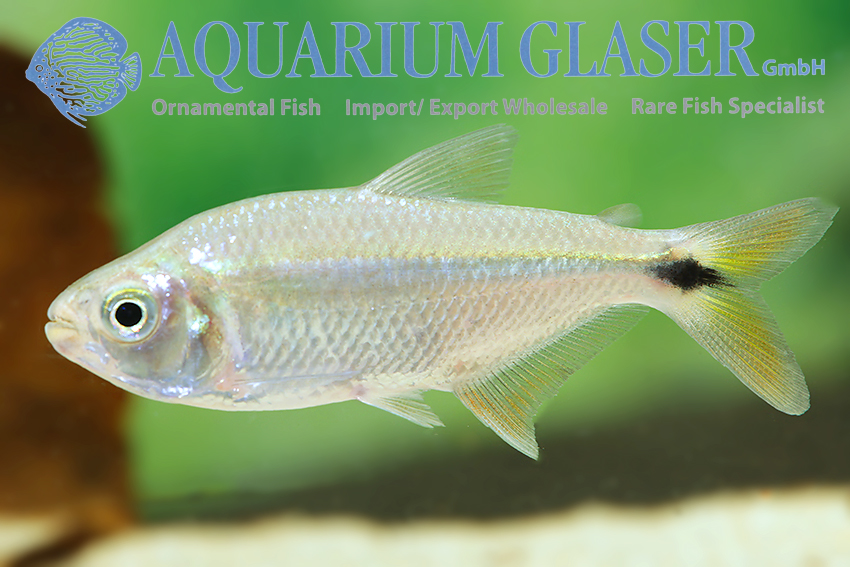
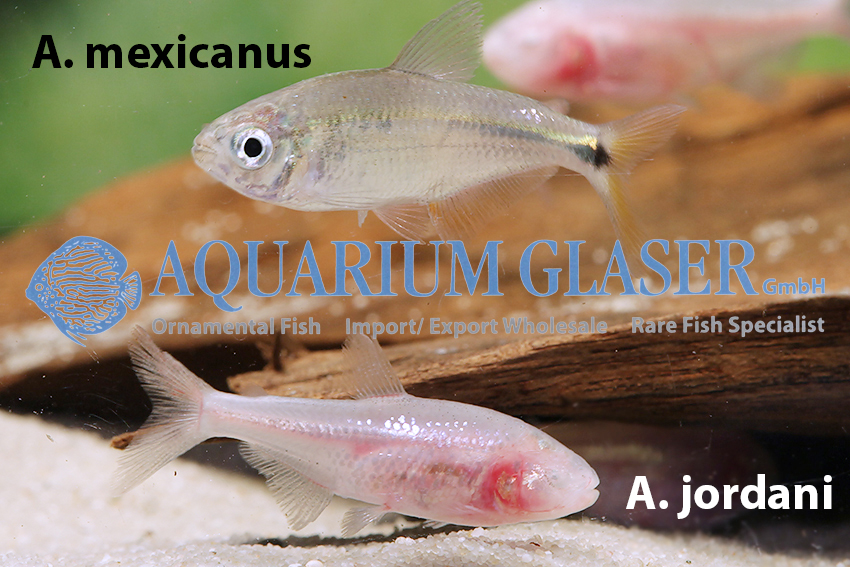
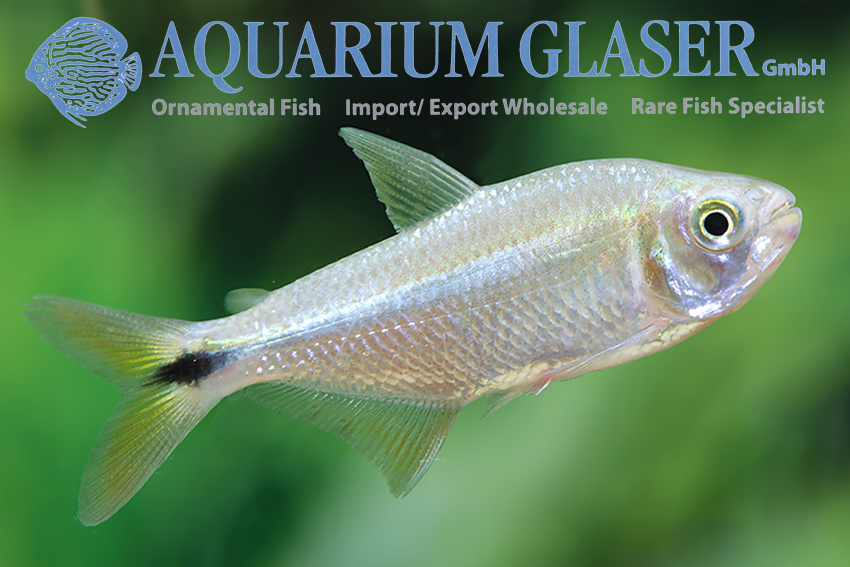
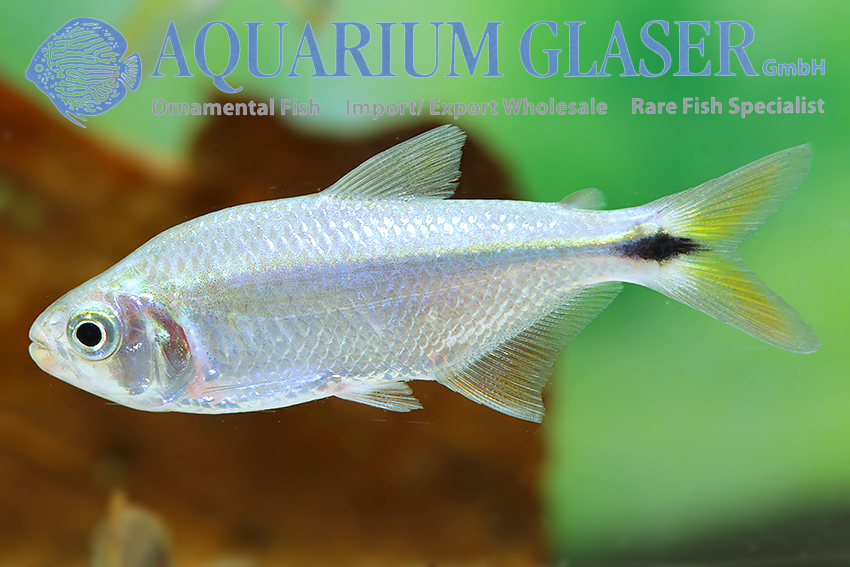
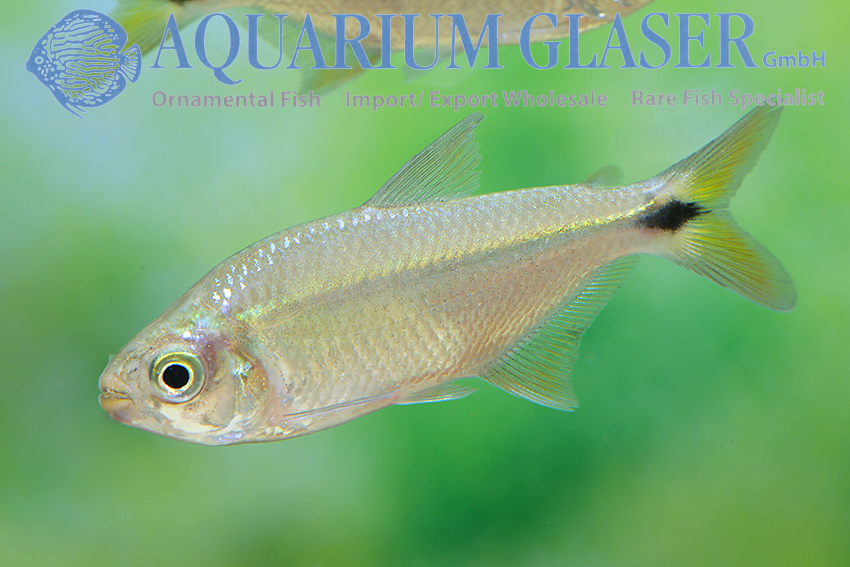
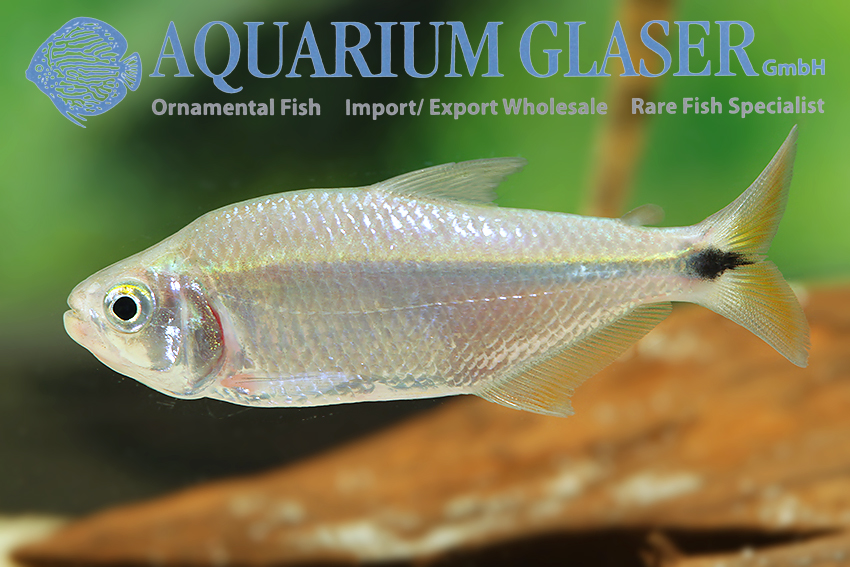
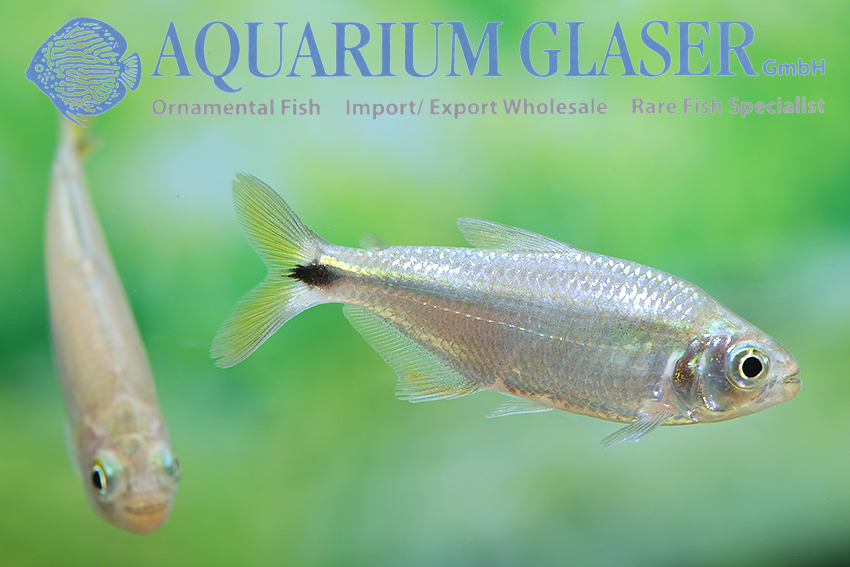
Aquaristically, all these Astyanax are of no importance. They are silvery fishes, which grow 10-15 cm long. There is only one reason why Astyanax mexicanus, a species which according to Schmitter-Soto is restricted to the Rio Balsas basin in Mexico, makes some aquarists curious: it is supposed to be the seeing ancestral form of the Blind Cave Tetra (Anoptichthys jordani, according to other authors also Astyanax jordani)! Unfortunately Schmitter-Soto does not comment on this.
If you look at both together, there are hardly any similarities. Nevertheless: we are pleased to be able to offer some Astyanax mexicanus to aquarists interested in natural history, which by the way are offsprings from the Wilhelma in Stuttgart. We have adopted the name under which we received them. In comparison these fishes fit well to the diagnosis of A. mexicanus in Schmitter-Soto.
For our customers: the animals have code 209003 on our stocklist. Please note that we only supply wholesale.
Literature:
Schmitter-Soto, J. J. (2017): A revision of Astyanax (Characiformes: Characidae) in Central and North America, with the description of nine new species. Journal of Natural History v. 51 (no. 23/24): [1-94] 1331-1424.
Text & photos: Frank Schäfer




